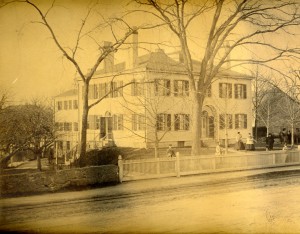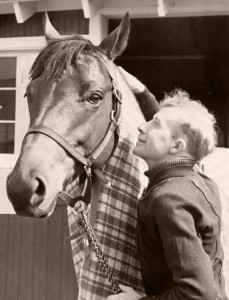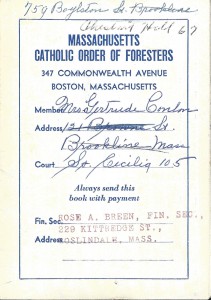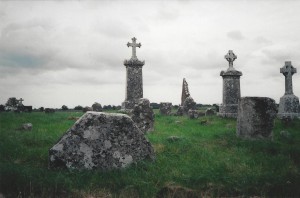 Stored in the archival collection of the Dorchester (MA) Historical Society is a ring, brown in color and lightweight, with the number forty-four carved into it. Until recently, not much was known about the ring’s origins. An old label stored with the ring lists it as a Civil War identification ring pertaining to the 44th Regiment. It is kept in the archives at the William Clapp House, one of three properties owned by the Dorchester Historical Society.
Stored in the archival collection of the Dorchester (MA) Historical Society is a ring, brown in color and lightweight, with the number forty-four carved into it. Until recently, not much was known about the ring’s origins. An old label stored with the ring lists it as a Civil War identification ring pertaining to the 44th Regiment. It is kept in the archives at the William Clapp House, one of three properties owned by the Dorchester Historical Society.
My husband and I have been live-in caretakers of this house for over seven years. It was built in 1806 by William Clapp (1779-1860), an active member of the Dorchester community, whose family owned a tannery and was involved in a variety of agricultural pursuits. Over a period of 150 years, four generations of William’s family resided in the house, including William’s grandson, William Channing Clapp (1843-1921).
During the Civil War, William Channing Clapp served with the 44th Regiment, Massachusetts Volunteer Infantry, Company G. Since William was associated with the 44th Regiment, it seemed likely that the ring was connected to his service. However, the full story about this ring remained unknown until recently, when a descendant of William Clapp donated a number of photographs and family papers to the society. Continue reading The Bone Ring







